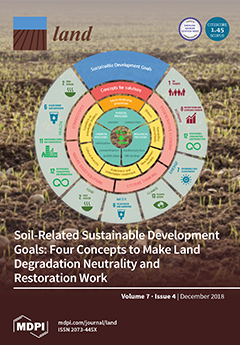Resource information
When applying traditional criteria of Roman urbanism, several settlements in the province of Moesia are not recognised as parts of the urban network. To avoid this, previous criteria of urbanism should be revised. This paper suggests revisions, which provide a more inclusive definition of urbanism: Thus, instead of focusing on administrative status and monumentality as primary markers of urbanity and urbanization, development factors for agglomeration and centrality are emphasized as decisive conditions for, and characteristics of, urban settlement. To provide a case study for this theoretical outline, the upper-Moesian mining settlement of Timacum Minus is evaluated by ideas derived from a critical appreciation of Walter Christaller’s central place theory. Timacum Minus did not have official settlement status and monumental character, yet, it developed as a central place in the unique landscape of the Timok valley. This was due to its location as a central road station, military post, and settlement along the important interregional Timok valley road as well as the site hierarchy as the base of the centralized administration of the Timok valley mining district. Hence, Timacum Minus displays different levels of centrality. Interestingly, the site only held these properties during the Roman Principate, although its central location and mining activities also existed in pre-Roman and post-Roman times. This demonstrates the significance of centrality mechanisms as determined by local and regional circumstances and historical conditions. Accordingly, it is argued that these circumstances and the diverse character as a central place also turned Timacum Minus into an urban site, irrespective of status and monumentality. This definition of the site provides not only an example of how to use central place theory in current archaeological thought but also possibilities for re-thinking urbanism in Roman Moesia.


